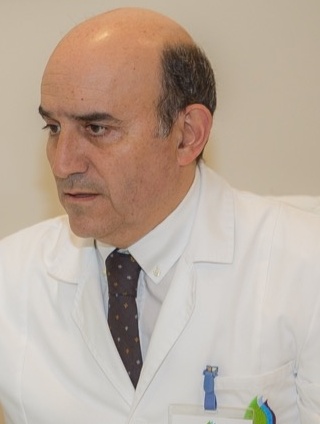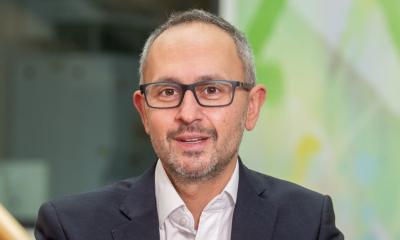Article • Missing guidelines
Demand to regulate oncologic hyperthermia
Unlike the USA, Italy, Germany or the Netherlands, Spain does not include hyperthermia in its national health catalogue. Worse, many non-medical centres are increasingly offering hyperthermia as an alternative treatment, a situation that infuriates Spanish oncologic radiotherapists.

The Spanish Society of Radiotherapy and Oncology (SEOR), representing over 1,000 of radio-therapists, is pushing for guidelines to regulate the use of oncologic hyperthermia and include it in cancer radiation therapy routine. ‘Having a regulatory framework is the only way we can avoid proliferation of such centres. Oncologic hyperthermia must be indicated, controlled and supervised by oncologic radiation therapists; they are the only people who can prescribe and apply it. Hyperthermia can be an asset when combined with other conventional treatments, such as surgery, radiotherapy and chemotherapy,’ explained Jorge Contreras, director of Magna Clinic Marbella and coordinator of the SEOR working group on hyperthermia.
Hyperthermia is relatively easy to produce and administer; basic equipment used in physiotherapy or cosmetics can produce hyperthermia, which is why many non-medical centres can offer hyperthermia as an alternative medicine. However, the only guarantee the treatment will work is when oncologists control the whole process, Contreras said. ‘When hyperthermia is applied without knowing the full treatment combination, therapy may not be successful. Then there’s a risk of strengthening secondary effects induced by treatment instead of improving it.’ The goal of hyperthermia is to boost treatment effect and immune system response. It can also improve blood flow and muscle relaxation, and alleviate symptoms.

International studies are starting to show that hyperthermia can improve treatment of breast cancer, soft tissue sarcoma, colorectal and pancreas cancer, and brain and head and neck tumours, such as larynx and oral cavity tumours. Researchers are also working on validating hyperthermia in other applications – prostate cancer, central nervous system tumours, e.g. multiform glioblastoma, lung cancer.
Contreras plans to use these results to foment guidelines. But he insisted on the value of conducting such studies in Spain as well. He deplores this fact: ‘The lack of nationwide-scale studies in our country does not help.’ The technique was only introduced last year in Spain, but only a few hospitals so far offer hyperthermia and have the right personnel.
Other challenges of radiation cancer therapy, a subspecialty recognised over 40 years ago in Spain, include better equipment and personnel distribution countrywide, and wider access to technologies, such as proton therapy. Only tertiary centres in Madrid, Barcelona and Valencia have all the latest available technology. Aditionally, projects to include proton therapy in the nation’s health service catalogue are underway.
Proton therapy enables tumour treatment more locally and more radiation dose while reducing secondary effects. All especially useful for brain tumours, medullar cancer and tumours in delicate areas. However, most tumours are not that localised, Contreras pointed out. ‘95% of tumours can be treated with currently available technology.’
Profile:
Jorge Contreras is Radiation Oncologist and Head of Training at Carlos Haya Hospital in Malaga. He also sits on the tumour board and is president of the head and neck tumour board. He is part of many scientific societies including the Spanish Association of Radiation Oncology, the European Society for therapeutic Radiology and Oncology (ESTRO), and the American Society for therapeutic Radiology and Oncology (ASTRO). In addition, he coordinates the group for the Development of Hyperthermy in Oncology of the Spanish Society of Radiation Oncology.
04.08.2017











